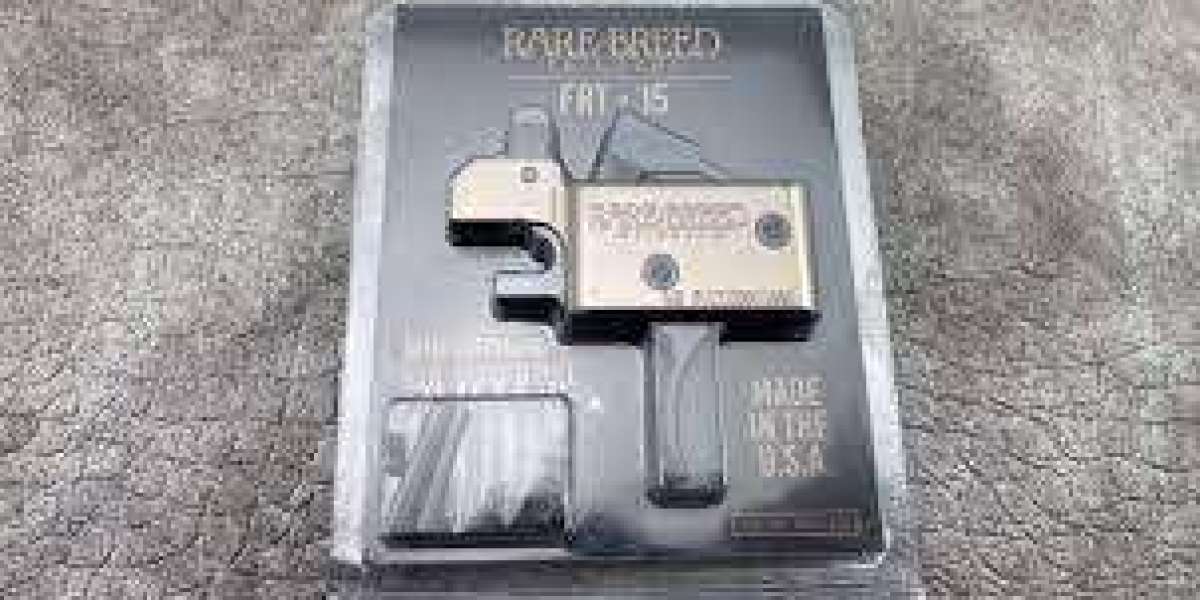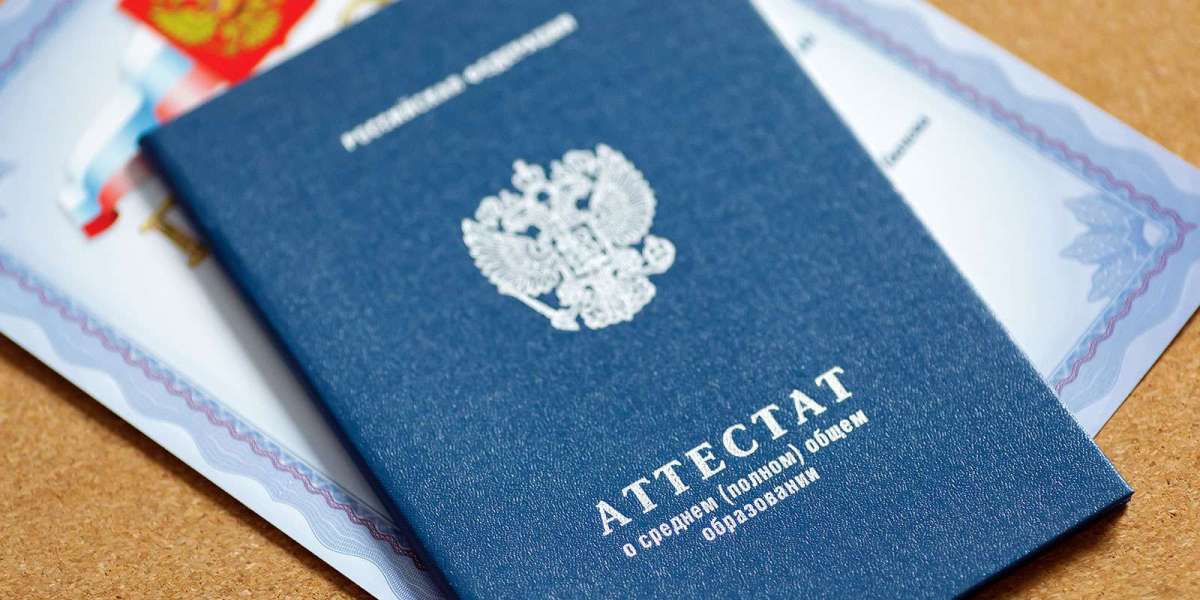Firearms enthusiasts are constantly looking for ways to enhance the performance and functionality of their weapons, and Forced Reset Triggers (FRTs) have garnered attention for their ability to increase firing speed while maintaining semi-automatic functionality. However, the use of FRT trigger comes with significant legal considerations. Understanding the legal landscape surrounding these triggers is crucial for firearm owners to ensure compliance with local, state, and federal regulations. This article will explore the key legal issues, including federal law, state restrictions, and potential future changes.

What Is an FRT Trigger?
An FRT trigger, or Forced Reset Trigger, is a specialized trigger mechanism designed to increase the rate of fire in a semi-automatic firearm. Unlike a fully automatic trigger, where continuous fire occurs with a single trigger pull, FRTs work by utilizing the firearm’s bolt carrier group to force the trigger to reset after each shot. This means the shooter must pull the trigger for each shot, but the reset happens much faster than with standard triggers, allowing for quicker follow-up shots.
While FRTs do not convert a firearm into a fully automatic weapon, they can simulate a higher rate of fire that is close to automatic operation. This increased rate of fire has raised concerns with regulatory agencies and lawmakers, leading to complex legal debates.
Federal Law and FRT Triggers
1. The National Firearms Act (NFA)
The primary federal law governing firearms and certain firearm components, including trigger systems, is the National Firearms Act (NFA), passed in 1934. The NFA places strict regulations on the ownership, sale, and transfer of certain categories of weapons, including fully automatic firearms and devices that can enable automatic fire, such as bump stocks or specific trigger mechanisms.
While FRT triggers are designed to function within the boundaries of semi-automatic firearm regulations, there has been debate over whether they should fall under the NFA’s classification of a “machine gun.” According to the NFA, a machine gun is defined as any weapon that can fire more than one round per trigger pull, or devices that allow this action. The Bureau of Alcohol, Tobacco, Firearms, and Explosives (ATF) is responsible for determining whether a trigger system like the FRT complies with this definition.
2. The ATF’s Position on FRT Triggers
The legal standing of FRT triggers largely depends on how the ATF interprets and enforces the NFA. In recent years, the ATF has scrutinized various trigger systems that increase the rate of fire, including FRT triggers. As of 2023, there have been conflicting opinions within the firearms community and manufacturers about whether the ATF considers certain FRTs as machine guns.
The ATF’s authority to regulate these triggers hinges on the technical definition of “trigger pull.” Since FRTs require a separate trigger pull for each shot, some argue that they do not meet the legal criteria for automatic weapons under the NFA. However, the ATF has indicated that triggers with forced reset mechanisms may be subject to further review, leaving the legal status of FRTs somewhat uncertain at the federal level.
Firearm owners who wish to use FRT triggers must stay updated on the ATF’s evolving stance, as new regulations or rulings could affect the legality of these devices. Noncompliance with federal firearms regulations could result in severe penalties, including fines and imprisonment.
State Laws and Restrictions on FRT Triggers
1. States with Strict Gun Laws
While FRT triggers may be legal under federal law (at least in certain interpretations), individual states have the authority to implement stricter firearms regulations. Some states, especially those with stringent gun control measures, may classify FRTs as illegal devices or heavily restrict their use.
States such as California, New York, New Jersey, and Massachusetts have strict firearm laws that prohibit or regulate any devices that could be perceived as enhancing the rate of fire of a semi-automatic weapon. In these states, the use, sale, or possession of FRTs may be considered illegal, even if the trigger is not classified as a machine gun under federal law.
For example, California’s Assault Weapons Control Act prohibits the use of devices that significantly increase the rate of fire, which would likely include FRT triggers. In New York, laws regulating firearm components also ban trigger systems that mimic automatic fire. Gun owners in these states should avoid purchasing or installing FRT triggers unless they thoroughly research state-specific laws and receive guidance from legal experts.
2. States with Looser Gun Laws
Conversely, many states with more permissive gun laws may allow the use of FRT triggers with few restrictions. States like Texas, Arizona, Florida, and Idaho generally follow federal law concerning firearm ownership and modifications. As long as the FRT trigger complies with ATF guidelines, it may be legally used in these states without additional state-level restrictions.
However, firearm owners in these states should still exercise caution and remain aware of any potential changes in federal regulations or state statutes that could impact the legality of their firearms and trigger systems.
Legal Risks and Consequences
While FRT triggers are designed to function within the confines of semi-automatic firearm laws, there are significant legal risks involved in their use. Firearm owners must understand these risks and the potential consequences of noncompliance with federal or state laws.
1. Potential Criminal Charges
If the ATF or local law enforcement determines that an FRT trigger constitutes a violation of firearm regulations, the owner could face serious criminal charges. These charges may include the unlawful possession of a machine gun or an unregistered firearm, both of which carry severe penalties. Convictions could result in lengthy prison sentences, hefty fines, and the loss of the right to own firearms in the future.
In states with strict gun control laws, possession of an FRT trigger could lead to additional state-level criminal charges. Firearm owners in states like California or New York should exercise extreme caution when considering the purchase or use of FRT triggers.
2. Seizure of Firearms
In addition to criminal charges, the use of an illegal FRT trigger could result in the seizure of firearms by law enforcement agencies. If an FRT is deemed unlawful, the ATF or local authorities may confiscate the firearm in question, along with any other firearms owned by the individual. This could lead to costly legal battles and the permanent loss of valuable firearms.
3. Civil Liability
In some cases, the use of an FRT trigger could also expose firearm owners to civil liability. For example, if an FRT-equipped firearm were involved in an accidental discharge or unlawful use, the owner could face civil lawsuits for damages. These lawsuits could result in substantial financial penalties and reputational damage.
Future Legal Changes and Considerations
The legal landscape surrounding FRT triggers is continually evolving, and it’s essential for firearm owners to stay informed about potential changes. Several factors could influence the future legality of FRT triggers:
Legislative Action: Congress or state legislatures could introduce new laws to regulate or ban FRT triggers. These laws may impose stricter controls on firearm components that increase firing speed.
ATF Rulings: The ATF could issue new rulings or guidance on the classification of FRT triggers, which could either solidify their legality or lead to new restrictions.
Court Decisions: Ongoing court cases could set legal precedents regarding the use of FRT triggers. A ruling in favor of firearm owners could strengthen their legal standing, while a decision against them could lead to stricter enforcement.
Firearm owners should work closely with legal experts and stay updated on industry developments to ensure compliance with changing laws.
Conclusion
The legal considerations surrounding FRT triggers are complex and vary depending on federal and state laws. While these triggers offer enhanced firing capabilities, they also come with significant legal risks. Firearm owners must stay informed about the evolving legal landscape and ensure their actions comply with both federal and state regulations. Understanding the potential consequences of noncompliance, including criminal charges, seizure of firearms, and civil liability, is crucial for anyone considering the use of FRT triggers.
By staying informed and exercising caution, firearm owners can enjoy the benefits of their FRT triggers while minimizing legal risks.







